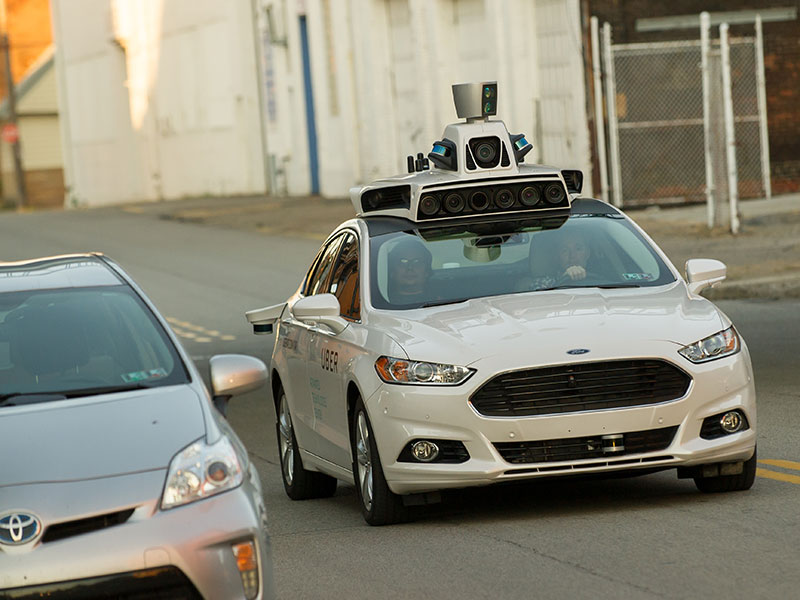Uber’s driverless cars return to public roads for the first time since fatal crash
The Pennsylvania Department of Transportation has granted Uber permission to restart its autonomous vehicle programme, albeit subject to a number of restrictions

As part of Uber's agreement with the Pennsylvania Department of Transportation, two safety operators will now be required to be present during each 'driverless' journey
On December 20 – just nine months after Uber ceased testing its autonomous vehicles following a fatal collision in Tempe, Arizona – Eric Meyhofer, the head of Uber’s Advanced Technologies Group, announced that the company’s self-driving cars had returned to the roads of Pittsburgh.
Elaine Herzberg died in hospital from injuries sustained in the incident, which took place back in March. The car’s on-board identification system allegedly had six seconds to identity Herzberg, yet failed to avoid the collision. Police reports suggested the safety operator, Rafaela Vasquez, was streaming an episode of a popular talent show rather than supervising the vehicle’s progress.
Uber’s autonomous vehicles will return to the streets of Pittsburgh, San Francisco and Toronto
In the wake of the incident, Uber told the US National Transportation Safety Board that the emergency braking system on the car had been disabled in order to “reduce the potential for erratic vehicle behaviour”. Previously, Uber had been testing self-driving cars in Arizona, Pittsburgh, San Francisco and Toronto.
On December 17, Uber received permission from the Pennsylvania Department of Transportation to resume testing. As part of the agreement, two safety operators will now be required to supervise each journey – working in four-hour stints, rather than the eight to 10 hour shifts previously required.
Further, speeds will be significantly reduced – falling from 55mph to 25mph – and vehicles will not operate during dark or wet conditions. No passengers will ride in the cars.
Uber’s autonomous vehicles will also return to the streets of San Francisco and Toronto. These vehicles will operate in manual mode, however, with drivers taking full control of manoeuvres in place of the self-driving software.
Meyhofer said in the statement: “To raise the bar for system performance, we’ve reviewed and improved our testing programme to ensure that our vehicles are considerate and defensive drivers. Before any vehicles are on public roads, they must pass a series of more than 70 scenarios without safety-related failures on our test track.”
Uber CEO Dara Khosrowshahi, who hopes to take the company public next year, will likely be prioritising the technology in a bid to eliminate the firm’s largest expenditure – driver’s wages.













